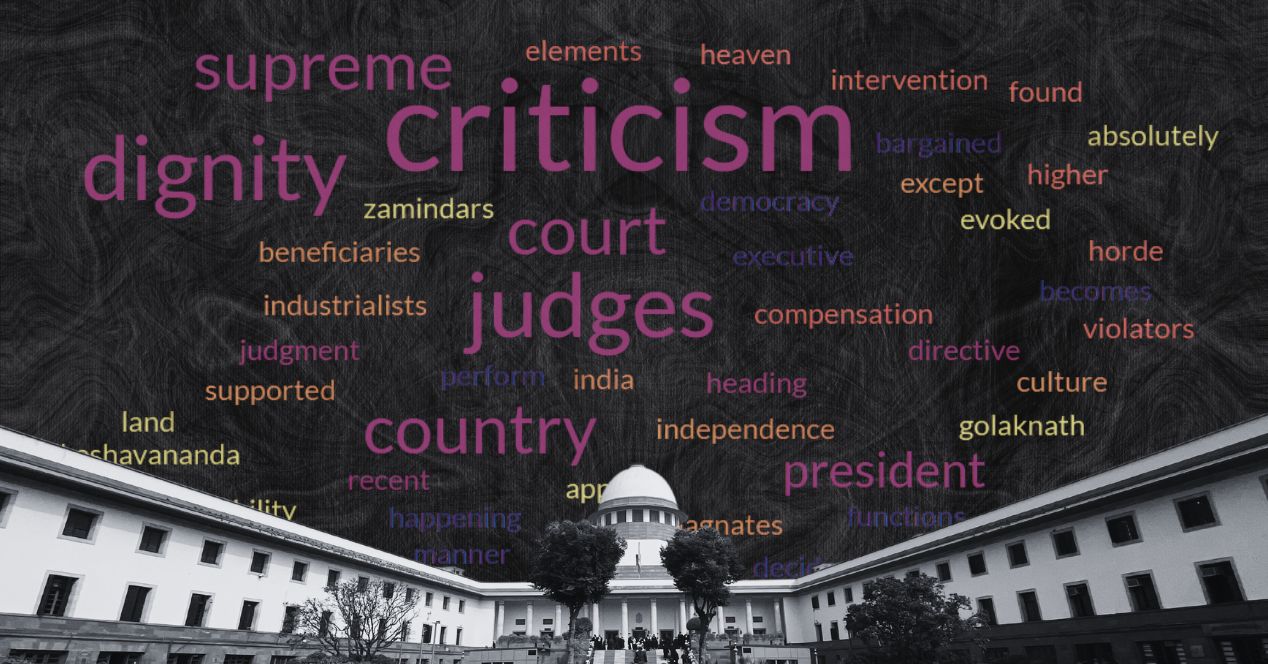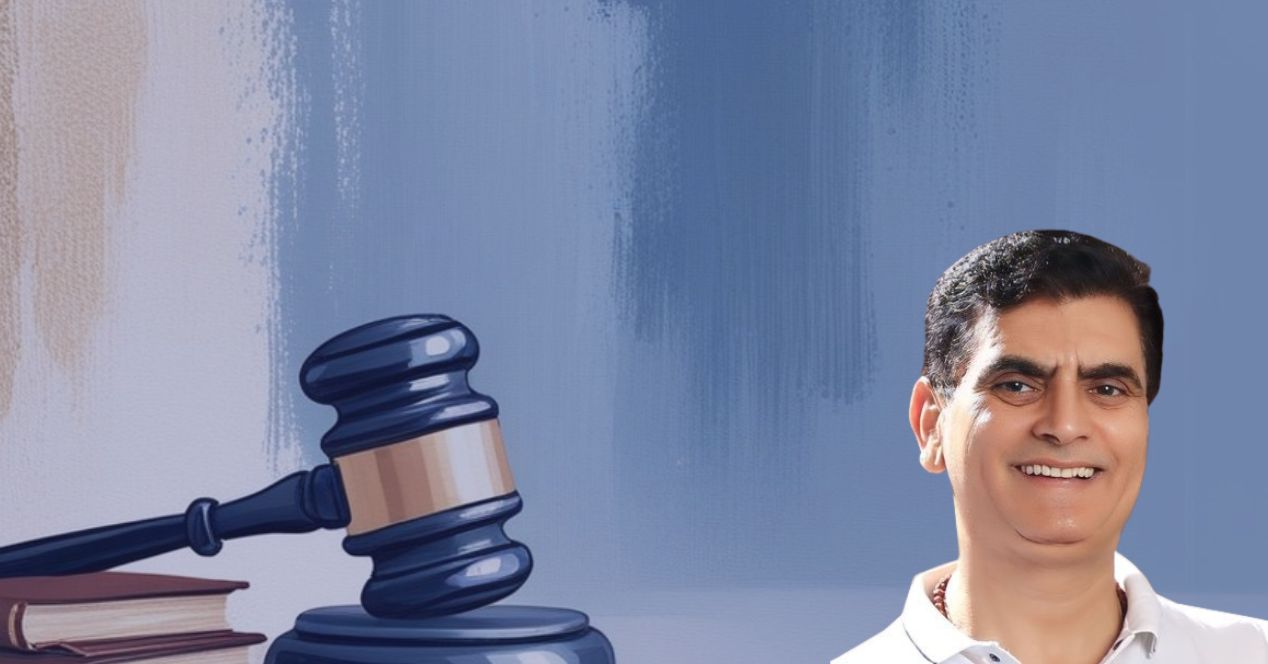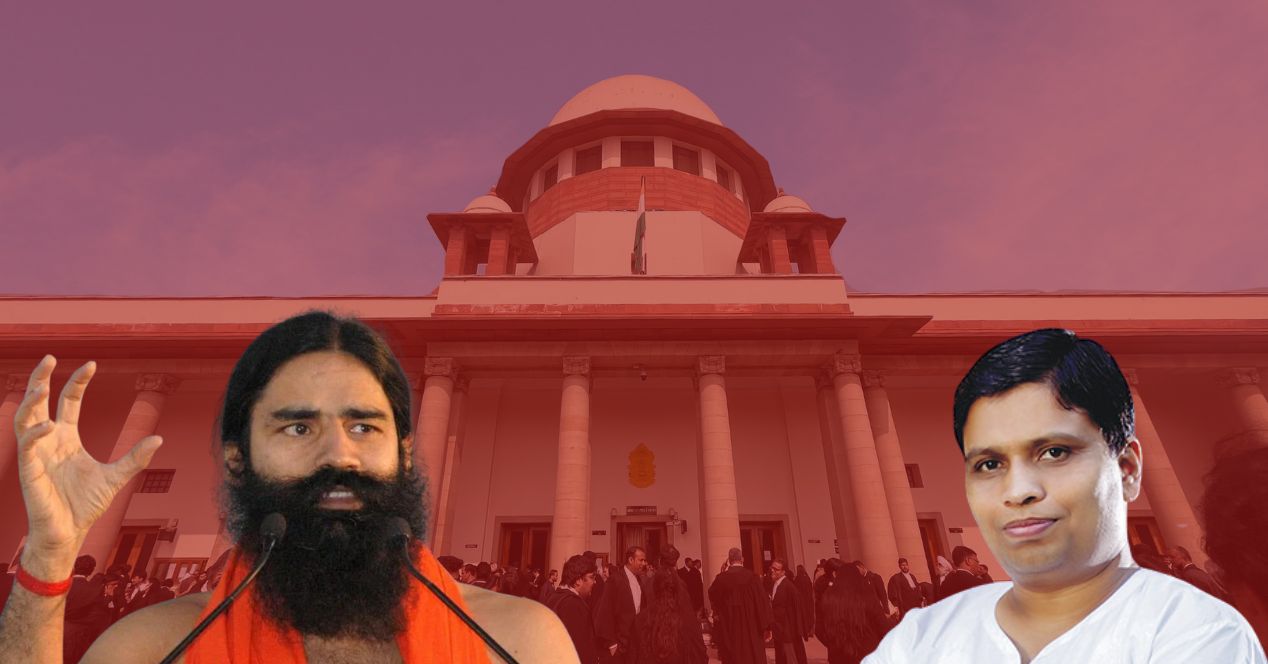Channel
Supreme Court and its Contempt Jurisdiction
How much criticism should the Court be able to withstand before it wields its power to punish for the contempt of court?
Transcript
Hello everyone!
Welcome to SCO’s channel.
I’m Gauri Kashyap and our discussion today is about Vice President Jagdeep Dhankar and BJP MP Nishikant Dubey’s critical remarks about the Supreme Court of India.
In this episode we’re asking the question: how much criticism should the Court be able to withstand before it begins to see it as speech that harms public perception on the dignity and authority of the court?
On 17th April 2025, Vice President Jagdeep Dhankar said “we will have judges who will legislate, who will perform executive functions, who will act as a super Parliament and absolutely have no accountability because the law of the land does not apply to them.”
His comments were made in the context of the Supreme Court’s judgement in State of Tamil Nadu v Governor of Tamil Nadu.
In its decision, the Court had granted deemed assent to state legislature bills that Governor RN Ravi had withheld for a very long time.
The Court had also prescribed timelines for the Governor and the President to opine on and grant assent to bills.
All this was done under its wide power for doing complete justice under Article 142.
“We cannot have a situation where the Supreme Court directs the President of India,” Dhankar said. “Article 142 has become a nuclear missile against democratic forces available to the judiciary 24*7.”
Two days later, Nishikanth Dubey, a member of Parliament from the BJP, also criticised the TN Governor judgment while claiming that the Court wants to “take this country towards anarchy.”
He then went after CJI Sanjiv Khanna for agreeing to hear the series of petitions challenging the Waqf Amendment Act 2025 saying that the Chief was promoting a religious divide and was responsible for all the civil wars happening in this country.
Soon after, advocates asked the Court to initiate contempt proceedings against Dhankar and Dubey, who for attacking and lowering the dignity and authority of the Court.
Now the Supreme Court’s power to punish for contempt arises from Article 129 of the Constitution.
The Contempt of Courts Act 1971 further clarifies instances where the Court may exercise this power.
It defines criminal contempt as any speech that scandalizes the authority of the Court, interferes with due course of judicial proceedings and the administration of justice.
In addition to confirming the Court’s suo moto power, the act also allows individuals to file for contempt after receiving approval from the Attorney General or Solicitor General.
One of the Supreme Court’s earliest contempt cases dealt with a similar issue. A political figure making derogatory remarks against it.
In 1967, Kerala Chief Minister EMS Namboodaripad had called the judiciary an instrument of oppression and said that judges were dominated by class hatred, class interests, class prejudices.
In the contempt proceedings, Namboodaripad argued that he meant no disrespect. He was simply following the ideologies of Marx, Engels and Lenin.
The Court tested the correctness of that claim by breaking into a long exposition of Marxist ideology.
They concluded in all their writings there is no direct attack on the judiciary selected as the target of people’s wrath.
They charged Namboodaripad with contempt, stating that he misunderstood communist philosophy and that his comments were clearly meant to cause dissatisfaction with and distrust of all judicial decisions.
Two decades on, P. Shivshankar, then Union Law Minister, suggested that judges were black robed elite who supported Zamindars, bank magnates, industrialists, antisocial elements, bride burners and reactionaries.
While noting that the times and clime have changed since Namboodaripad, the bench acknowledged that the erosion of faith in the dignity of the Court had happened not because of comments like the ones made by Shivshankar, but by its inability to deliver quick and substantial justice for the needy.
Though the speech was harsh, the Court found that it was more suitably characterized as an opinion, a historical review or fair criticism and an entry point to study the class composition of the Court’s judges.
Judges often state that the institution’s shoulders are broad enough to withstand criticism.
About Dhankar’s comments, Justice Surya Kant recently commented, we are not worried. The institution comes under attack every day.
The Court will soon hear Dubey’s case.
As we are shooting this episode, the Attorney General has not yet provided consent for a case against Dhankar.
If either of these matters take substantial form, we may see how the Court’s approach to criticism from the executive has evolved in the decades since P. Shivshankar, which was in 1988.
One sentence from the Shivshankar judgment might serve as a beacon: “A guideline for the judges to observe is not to be hypersensitive even where distortions and criticism overstep the limits, but to deflate vulgar denunciation by dignified bearing.”
For more information on the Court’s power to initiate contempt proceedings and other such stories from the Court, head straight to scobserver.in.
Thank you for watching and I’ll see you soon.




